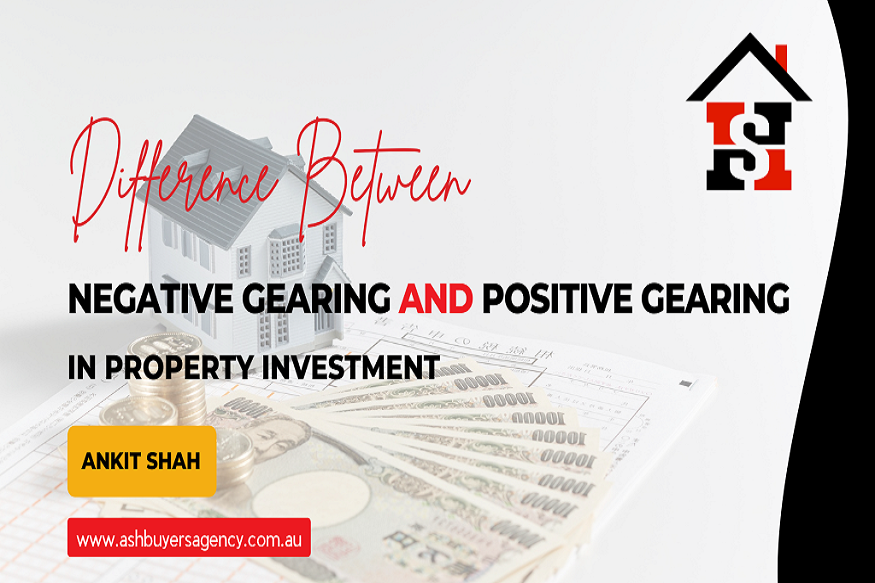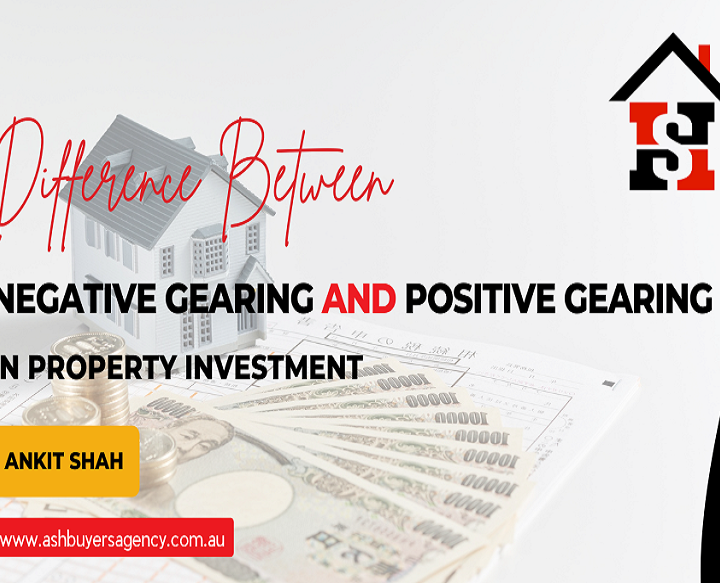Negative gearing happens when the cost of owning a property (like loan interest, maintenance, and rates) is higher than the income it generates. This means you’re running at a loss. While it may sound risky, there are potential benefits, such as claiming certain expenses against your taxable income and gaining from long-term capital growth.
This guide by Ash Buyers Agency highlights the Difference Between Negative Gearing and Positive Gearing in Property Investment.
Benefits of Negative Gearing
Although you’re making a short-term loss, your property may increase in value over time. Investors often use negative gearing to reduce their taxable income and rely on future capital appreciation to outweigh the current losses. Keep in mind, tax benefits should complement, not drive, your investment property strategy, and you may still face capital gains tax when selling.
Disadvantages of Negative Gearing
You need a strong cash flow to cover losses until tax benefits are realised each year. This strategy can also slow down portfolio growth since spare funds are tied up in covering expenses. If you’re heavily in debt, rising interest rates can make the situation even tougher.
Costs to Consider
Before negatively gearing, ensure you can handle ongoing out-of-pocket costs. Rent can’t always be increased to cover higher interest rates, which may force you to sell before your property has grown in value.
Example of Negative Gearing
Reveka, a builder, buys an apartment generating $20,000 in annual rent. With $25,000 in loan interest and $4,000 in other expenses, she faces a $9,000 yearly loss. At her 33% tax rate, she can claim back $3,000, reducing her net loss to $6,000. She accepts this in anticipation of long-term property growth.
What is Positive Gearing?
Positive gearing, or positive cash flow, occurs when the rent from your property is higher than your expenses, leaving you with a profit.
Benefits of Positive Gearing
From day one, you’ll earn extra income that can help fund another deposit, pay down your mortgage faster, or strengthen your financial position.
Disadvantages of Positive Gearing
The downside is that additional income means a higher tax bill.
How Yield Plays a Role
Yield is calculated by dividing annual rental income by the purchase price of the property. A higher yield increases your chances of generating positive cash flow, but it’s vital to run the numbers before buying.
Example of Positive Gearing
Chris, a hairdresser, purchases an inner-city apartment with a $170,000 deposit. It earns $24,000 in annual rent, while expenses total $12,000. This leaves him with $12,000 positive cash flow per year, around a 7% return on his investment.
Speak to an Expert
Every investor’s situation is different. Before deciding on negative or positive gearing, it’s wise to consult an accountant or financial adviser to ensure the strategy aligns with your goals.
For tailored guidance on property investment strategies, reach out to Ash Buyers Agency, the Best Buyers’ Agent in Sydney. Call us today at +61 434 111 200 to discuss your goals and secure the right strategy for your future.
Follow us on Facebook and Instagram for property insights, market updates, and expert tips on smart investing in Sydney you won’t want to miss!






